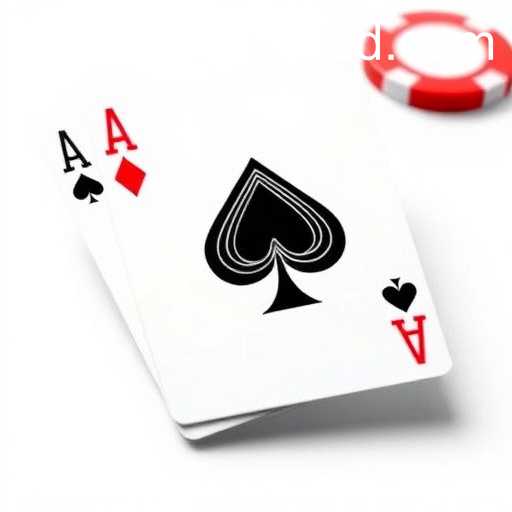Blackjack


Understanding Blackjack: The Game and Strategy

Understanding Blackjack: The Game and Strategy
Blackjack, often referred to as 21, is one of the most popular card games found in casinos across the globe. The allure of blackjack stems from its relatively simple rules and the element of skill that can sway outcomes, unlike most other casino games that are solely based on chance.
The Basics of Blackjack
Blackjack is typically played with one or more decks of standard playing cards. The primary objective for each player is to get a hand total closer to 21 than the dealer's hand without exceeding 21. Each card has a value: cards 2-10 are worth their face value, face cards (Jack, Queen, King) are worth 10, and the Ace can be worth 1 or 11, depending on which value is more favorable for the player’s hand.
Gameplay and Rules
At the beginning of the game, each player places a bet. The dealer then gives two cards to each player and two cards to themselves; one of the dealer's cards is visible to all, while the other is face-down. Players must then choose among options like ‘Hit’, ‘Stand’, ‘Double Down’, or ‘Split’, each carrying strategic implications.
Hit and Stand
Choosing to ‘hit’ means taking another card to get closer to 21, whereas to ‘stand’ means holding your total and ending your turn. Deciding when to hit or stand can often determine the outcome of the game.
Double Down
Doubling down is an exciting move where a player doubles their initial bet in exchange for exactly one more card. This can be a risky move, yet it offers the potential for higher returns if the player is confident in their hand.
Splitting Pairs
When a player’s first two cards are of the same value, they can opt to split them into two separate hands, playing each hand independently but requiring an additional bet. This strategy enhances a player’s chances of winning if handled correctly.
Role of the Dealer
The dealer plays an integral role in blackjack. As the house representative, their actions are dictated by strict rules. Typically, the dealer must hit until reaching a hand value of 17 or more. If the dealer goes bust (exceeds 21), all remaining player hands win. If the dealer’s hand is between 17 and 21, comparing the hand values determines the outcome.
Winning and Losing
In blackjack, a player wins if their hand value is greater than the dealer's or if the dealer busts. A winning hand pays 1:1, but a blackjack—a total of 21 with the initial two cards—usually pays 3:2, offering attractive odds.
Card Counting and Strategy
Card counting is a strategic technique used to improve odds by keeping track of the high and low cards left in the deck. Although legal, casinos frown upon card counting and may ban players suspected of employing it. Developing a basic strategy for hitting, standing, doubling down, and splitting is fundamental to optimizing one’s chances against the house.
Martingale Strategy
The Martingale system is a betting strategy employed in blackjack, whereby the player doubles their bet after every loss, aiming to recover all previous losses with the first win. Although theoretically sound in a fair game, this strategy is risky due to table limits and the potential for exponential losses.
Being informed about the strategies and rules of blackjack can significantly improve one’s experience and success at the table. Whether you're a casual player or an aspiring proficient, understanding the nuances of blackjack is essential to mastering the game.
Exploring CocktailNights
An in-depth exploration of the game CocktailNights, detailing its description, introduction, and rules.
Exploring BuffaloPower Game Mechanics and Impact
Discover the intriguing world of BuffaloPower, a captivating game that combines strategy with current events, enhancing player engagement through its unique gameplay and rules.
Exploring Wonderland: A Game of Wonder and Strategy
Delve into the magical universe of Wonderland, where strategy and wonder unite in an engaging gaming experience.
 Skip to content
Skip to content




